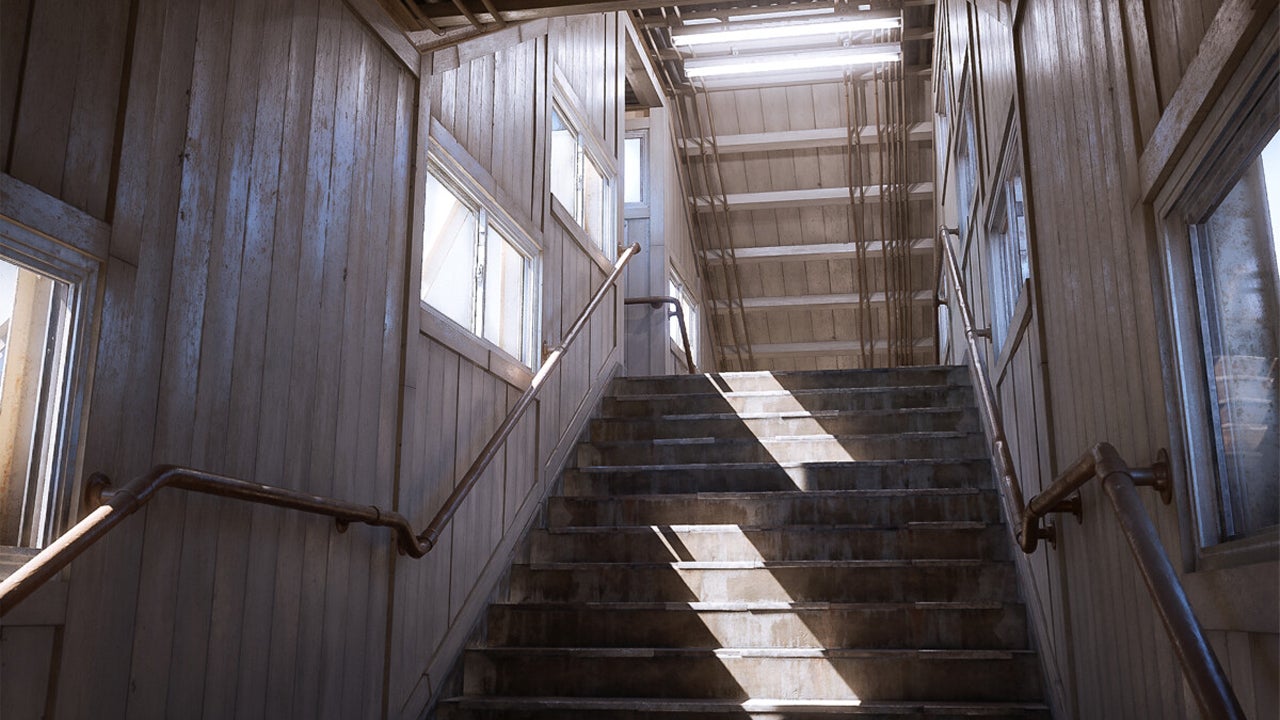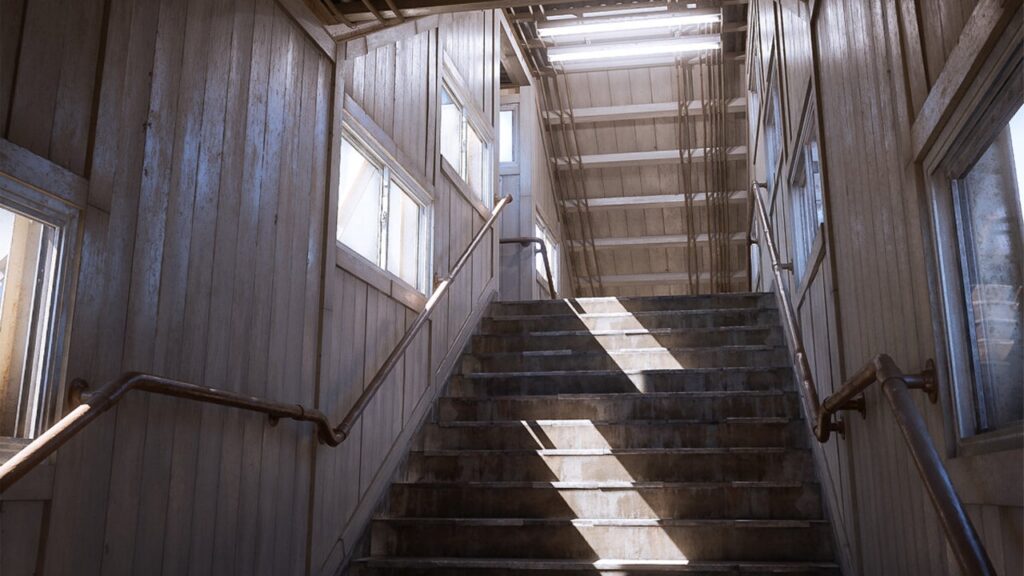
In Unreal Engine 5, solo game developer Emre Can Denizhas created an incredibly realistic train station scene. The scene is complete with working escalators, a ticket office, and various bustling commuters. While the level of detail is impressive, some viewers have found the scene to be slightly creepy. It's not clear what Denizhas plans to do with the scene, but it's certainly an impressive showcase of the engine's capabilities. With Unreal Engine 5 set to release later this year, it will be interesting to see what other developers are able to create with this powerful tool.

In a three-minute video shared on YouTube, as well as various screenshots (below), Lorenzo Drago shares footage of his Unreal Engine 5 demo, based on the real-life Etchū-Daimon Station train station in Toyama, Japan. Drago writes that the "Etchū-Daimon Station has been designed and built to be as realistic as possible" and that the environment is "completely ray traced." He also notes that the "lighting, reflections, and shadows" in the scene are all "faked" using global illumination. The end result is a stunning realistic environment that feels truly next-generation. It's clear that with the power of Unreal Engine 5, the potential for photorealistic graphics in video games is immense. This demo is just a taste of what we can expect to see from developers in the years to come.
Drago's video is a stunning example of what can be achieved with modern 3D rendering technology. Every element in the environment, from the buildings to the props to the characters, has been meticulously modeled and textured. The lighting is particularly impressive, making full use of Unreal's Lumen system to create a realistic and atmospheric world. Even the foliage, which comes from Quixel Megascans, looks incredibly lifelike. The only thing that betrays the video's digital origins is the lack of human characters; otherwise, it could easily be mistaken for real footage. Overall, Drago's video is a testament to the power of 3D rendering technology and its potential to create realistic and believable worlds.
With the advent of virtual reality, filmmakers are now able to transport their audiences into the heart of the action like never before. However, one of the challenges of VR filmmaking is creating realistic-looking footage. In order to overcome this hurdle, some directors are using VR controllers to simulate the movements of a handheld camera. The results can be quite convincing; at first glance, the footage looks almost identical to real video footage. But upon closer inspection, there are some telltale signs that reveal it's not quite the real thing. For example, in the middle of the video, the sky suddenly turns pitch black. This is an effect that would be impossible to recreate in real life, but it's easy to achieve in VR. As VR technology continues to evolve, it's likely that we'll see more and more filmmakers experiment with this innovative approach to filmmaking.
Leave a Reply